
Amphipoda is an order of malacostracan crustaceans with no carapace and generally with laterally compressed bodies. Amphipods range in size from 1 to 340 millimetres and are mostly detritivores or scavengers. There are more than 9,900 amphipod species so far described. They are mostly marine animals, but are found in almost all aquatic environments. Some 1,900 species live in fresh water, and the order also includes the terrestrial sandhoppers such as Talitrus saltator and Arcitalitrus sylvaticus.
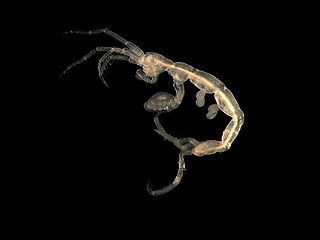
Caprellidira is a parvorder of marine crustaceans of the infraorder Corophiida. The group includes skeleton shrimps (Caprellidae) and whale lice (Cyamidae).
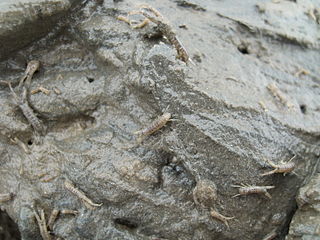
Corophiidae is a family of amphipods, containing the following genera:
Bateidae is a family of amphipod crustaceans, comprising the single genus Batea, which in turn contains thirteen species:

Hyalidae is a family of amphipods, containing 12 genera in two unequal subfamilies:

Schefflera is a genus of flowering plants in the family Araliaceae with 13 species native to New Zealand and some Pacific islands.

Talitridae is a family of amphipods. Terrestrial species are often referred to as landhoppers and beach dwellers are called sandhoppers or sand fleas. The name sand flea is misleading, though, because these talitrid amphipods are not siphonapterans, do not bite people, and are not limited to sandy beaches.
Talorchestia is a genus of amphipod of the family Talitridae, containing the following species:

Crangonyx is a genus of crustacean in family Crangonyctidae. Crangonyx species can live in marshes, savannas or swamps as well as caves. It contains the following species:

Cyproideidae is a family of amphipod crustaceans. Eighteen genera and 43 species have been described as of 2009. They mostly occur mostly in the Southern Hemisphere, where they form associations with corals, sponges, crinoids and hydroids.

Photis is a genus of amphipod crustaceans, containing the following species:
Crassicorophium is a genus of amphipod crustaceans, comprising three species:
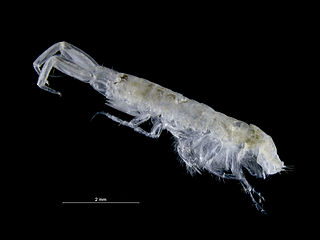
Monocorophium is a genus of amphipod crustaceans.

Apocorophium lacustre is a species of amphipod crustacean. It lives in nearly fresh water; it is white and up to 6 mm long. It occurs mainly on the Atlantic coast of North America, the North Sea and the Baltic.

Pontogeneia is a genus of amphipods in the family Pontogeneiidae. It contains the following species:
Parorchestia is a genus of amphipods in the family Talitridae, containing the following species:

Parhyale is a genus of amphipod crustaceans, containing the following species:

Megalorchestia is a genus of sand-hoppers in the family Talitridae. The genus was erected by the German naturalist Johann Friedrich von Brandt in 1851 and the type species is Megalorchestia californiana.
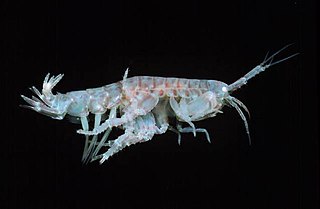
Ceradocus is a genus of amphipods in the family, Maeridae, and was first described in 1853 by Achille Costa. The type species is Ceradocus orchestiipes.
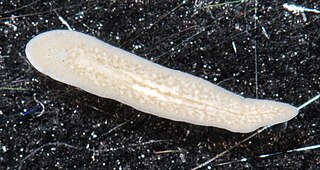
Euplana gracilis is a species of marine flatworm belonging to the family Euplanidae. It is found within the United States.















